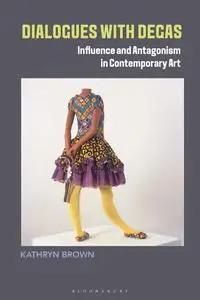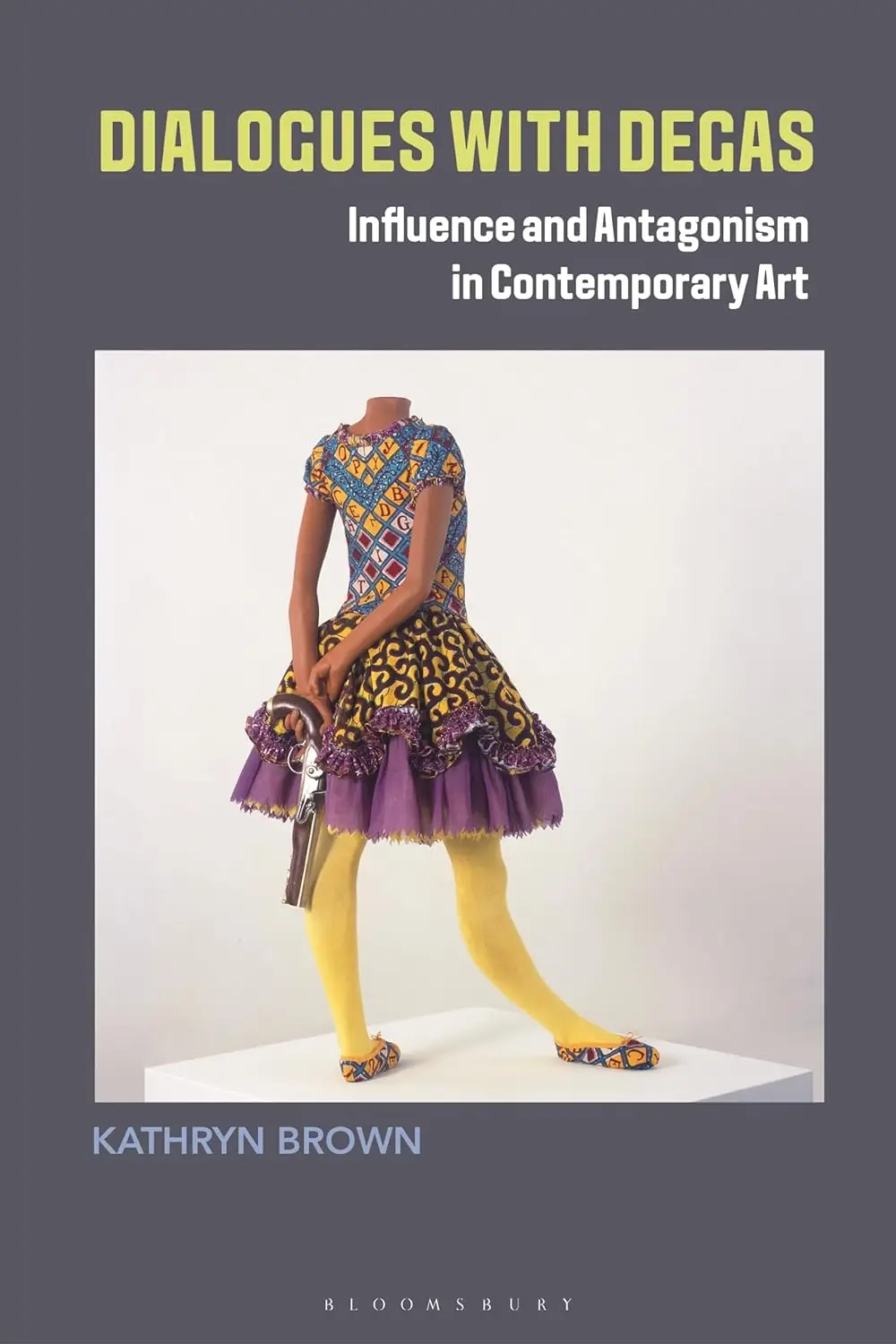Dialogues with Degas: Influence and Antagonism in Contemporary Art by Kathryn Brown
English | December 14, 2023 | ISBN: 1350258695 | True EPUB/PDF | 288 pages | 15.2/51.9 MB
English | December 14, 2023 | ISBN: 1350258695 | True EPUB/PDF | 288 pages | 15.2/51.9 MB
Dialogues with Degas demonstrates the ongoing relevance of Edgar Degas to 20th- and 21st-century ideas and art practices.
The first in-depth examination of this major artist's impact on contemporary art, this book explores how contemporary practitioners have used Degas's creativity as a springboard to engage imaginatively and critically with themes of colonialism, gender, race and class. Individual chapters are devoted to dialogues between Degas's art and works produced by Frank Auerbach, Cecily Brown, Xinyi Cheng, Ryan Gander, Maggi Hambling, Damien Hirst, Howard Hodgkin, Chantal Joffe, Leon Kossoff, R.B. Kitaj, Juan Muñoz, Paula Rego, Jenny Saville, Yinka Shonibare, Cy Twombly and Rebecca Warren.
Through close analyses of selected paintings, drawings, prints and sculptures, Kathryn Brown explores how Degas's technical and compositional experiments have been extended or challenged in innovative ways. By experimenting with the materials and methods of existing works, contemporary artists generate visual palimpsests that make new demands of the viewer and prompt a reconsideration of ideas that have informed histories of 19th-century French art.
The book overturns familiar conceptions of influence by eschewing a genealogical approach and prioritizing, instead, the analysis of non-linear encounters between artworks. This encourages a new conception of the agency of visual artefacts and of the conversations they are capable of entertaining with each other. While this study sheds new light on Degas's art and that of his interlocutors, it also has methodological significance for the writing of art history.



